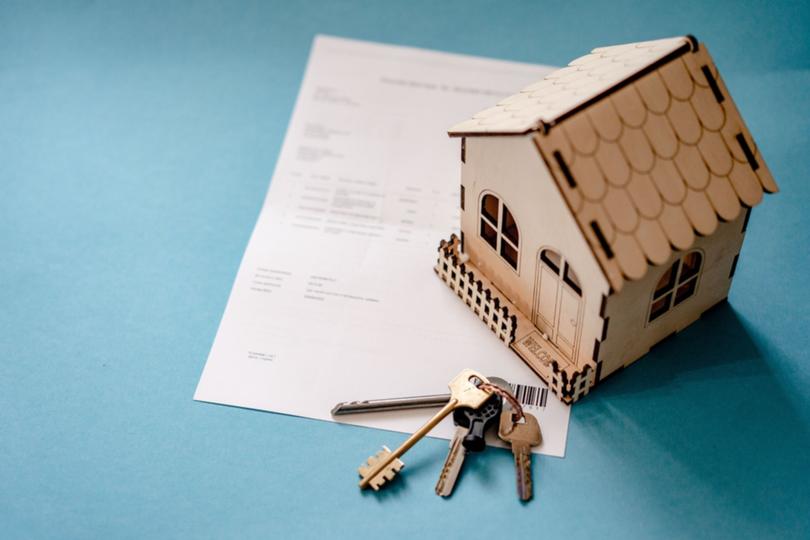Just one more rate rise could wipe out more than half of the July 1 tax cuts for the average homeowner

Millions of hard-hit Australian households will lose much of the savings pocketed from long-awaited tax cuts if interest rates are cranked up again.
The Federal Government’s stage-three cuts came into effect on Monday and provided welcome relief for workers struggling with the rising cost of living, delivering an average annual saving of nearly $1890 for 13.6 million taxpayers.
However, a rise in official rates as early as next month threatens to extinguish more than half of the tax savings pocketed by 3.2 million households paying off a mortgage.
Sign up to The Nightly's newsletters.
Get the first look at the digital newspaper, curated daily stories and breaking headlines delivered to your inbox.
By continuing you agree to our Terms and Privacy Policy.As Prime Minister Anthony Albanese and his ministers sought to go on a victory lap during Question Time on Monday to spruik the tax cuts, energy bill relief, wage rises and other measures now in effect, the Coalition said too many Australians were struggling under Labor’s “economic incompetence”.
In response, the government accused the Coalition of attempting to exacerbate the cost-of-living crisis for many and offering a grim economic alternative to the country.
“What they have opposite, they have a tax policy designed to rollback tax cuts, they have an industrial relations policy designed to reduce wages, they have a fiscal strategy designed to rack up debt,” Mr Albanese said.
“They have a housing policy designed to wreck super. They have a health policy designed to destroy Medicare. And they have a nuclear reactor plan designed to jack up our prices.”
Shadow treasurer Angus Taylor had earlier rebuked Labor’s suite of measures, accusing them of a “cost of living con job”.
“The truth is that Australians’ standard of living has dropped by eight per cent or so since Labor came to power in the last two years. Prices up 12 per cent, 12 interest rate increases, 20 per cent increase in personal income taxes being paid, and Australians’ standard of living has been absolutely smashed,” he said.
“There’s no plan that’s going to even come close to restoring Australians’ standard of living, because this homegrown inflation is raging, and is ensuring that Australians are worse off.”
Last week’s unexpectedly high inflation reading for May has more economists betting that the Reserve Bank will resume raising rates at its next meeting.

An increase of 25 basis points would see the average Australian home-owner still paying off their house having to come up with an extra $103 a month in repayments.
The average full-time Australian adult worker earns about $98,220 a year, implying a tax cut of $2134 a year, or about $178 a month.
Those who are homeowners with an average Australian mortgage of $625,791 over 30 years at a current rate of 6.27 per cent would subsequently lose more than half of their tax saving to increased mortgage repayments.
As always, NSW is particularly vulnerable to higher rates because of its high home prices.
Based on Australian Bureau of Statistics data that puts the State’s average owner-occupied home loan as of April at $764,453, a 0.25 percentage point rate increase would lift repayments there by $125 a month, wiping out 70 per cent of the average worker’s tax cut.
In Victoria, repayments would increase by $100 a month, in Queensland $95 and in WA $88.
The tax cuts were proposed by the former coalition government but reworked by the Albanese Government Labor earlier this year. The changes provided for low and middle-income workers to receive bigger cuts while higher earners ended up with less.
The tax cuts are being rolled out together with cost-of-living energy rebates.
There is concern in some quarters that the handouts will only spur inflation, which was higher than forecast for a third straight month in May at 4 per cent.
Reserve Bank governor Michele Bullock, however, reckoned last month that households would put the extra cash towards repayments or into a bank.
“If you hand someone $300 and say ‘here’s $300’, I think psychologically they think of that differently,” she said.
